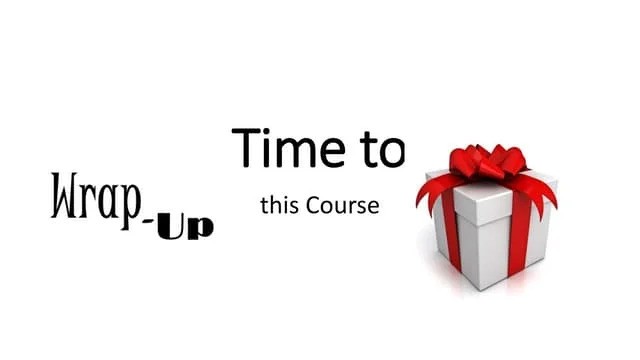Hello Everyone!
Welcome back to our TTT blog. This semester has been quite a journey thus far. During this time, we have explored a range of topics that include accessing your myelearning course, adding learning resources to your course site, tips for engagement in teaching and learning, considerations for the selection of appropriate technologies for teaching and learning, Open Educational Resources (OERs), Alternative & Formative Assessments & The myelearning Assignment Activity, Universal Design for Learning (UDL), Assessments and the Power of AI, Collusion and Verifying Student Anomalies in The Quiz Activity. As teaching ends for the semester this week, let’s explore some tips to finish the semester strong!
A – Tips to Finish The Semester Strong

We often place great emphasis on commencing our courses, ensuring that we start right/strong. But the way we end a course is just as important as the way we begin a course. While the beginning of a course creates the first impression on students, the way we end a course leaves the last/lasting impression and influences students’ take-aways from their entire course experiences.
Here are eight tips that you can implement to effectively bring closure to a course while preparing your students for any follow-up activities such as end-of-term examinations and upcoming projects:
-
Reflect on learning: Ask students to reflect on their learning by summarizing key points, or what they’ll remember in the future. You can also ask students to fill out a reflection questionnaire/survey. A short journal reflection may also help in this regard.
-
Review course concepts: Review the most important course concepts and tie them into a few big picture themes, which may be accompanied with graphics or visuals. This differentiated or UDL approach may cater to the different types of learners in your course.
-
Ask thought-provoking questions: Ask students to agree or disagree with thought-provoking statements. You can also ask them to articulate their findings more critically, with justifications.
-
Encourage collaboration: Have students work in groups to co-create study guides, mind maps, or responses to course learning outcomes.
-
Share your takeaways: Share what you learned from your students. This makes you much more relatable to students, and they feel a sense of fulfillment when they can teach you something.
-
Remind students of remaining tasks: Remind students of any remaining assignments and/or tasks that may be outstanding or upcoming.
-
Play a game: Create a game where students compete to get the correct responses. You can use a tool like Poll Everywhere or make Jeopardy-style questions. This not only fosters collaboration and engagement, but also serves as a review exercise with enhanced retention.
-
Give students a direction: For graduate students, you can give them a direction to extend the influence of the course over their professional career.
B – The Importance of Course Closure
In addition to the aforementioned, it is always a good gesture to post a simple farewell/until next time. Research has proven that this seemingly simple gesture goes a long way in providing students with motivation which is tantamount to their learning and academic performance. It also helps to strengthen your relationship with your students as they advance through other courses or life achievements.
Never leave your students dangling at the end of your course. Ensure that both you and your students #FinishStrong


